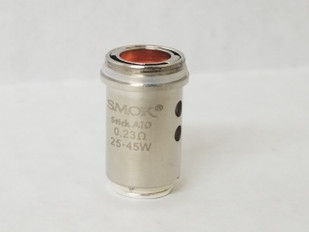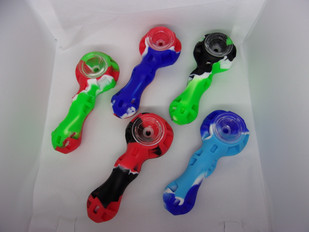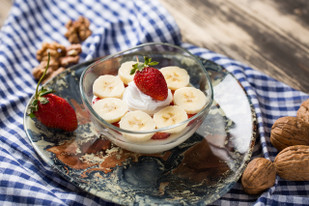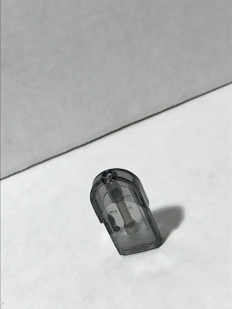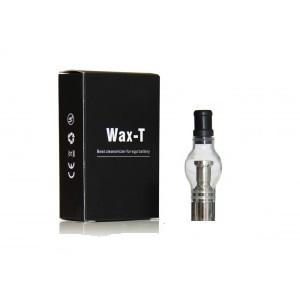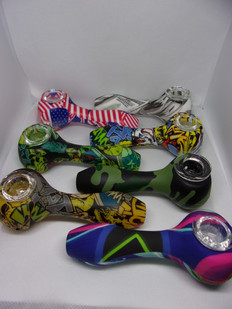- Home
- The Vape Mall Blog
- Vaping Refresher: Why Going Too Far with Wicking Can Affect Your E-Liquid’s Flavor?
Vaping Refresher: Why Going Too Far with Wicking Can Affect Your E-Liquid’s Flavor?
Posted by on
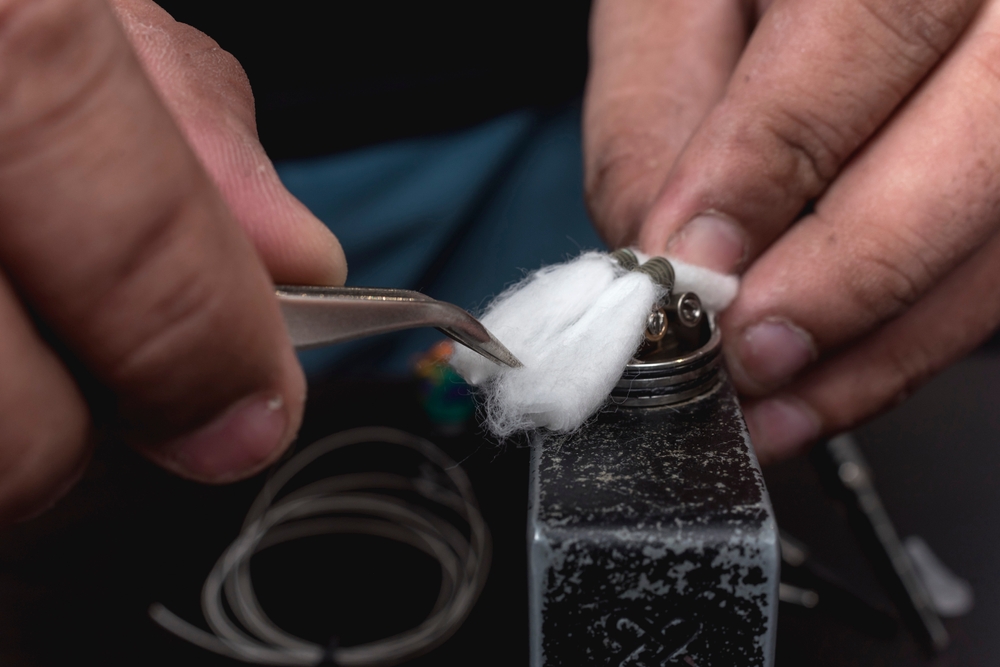 Anyone who wishes to begin DIY
vaping has a learning curve, as the process of building
coils is fairly complex, and learning it properly takes time. Besides choosing the right wire and wrapping
it using the best techniques, there’s the matter of wicking.
Anyone who wishes to begin DIY
vaping has a learning curve, as the process of building
coils is fairly complex, and learning it properly takes time. Besides choosing the right wire and wrapping
it using the best techniques, there’s the matter of wicking.
Wicking refers to the act of installing a wick into the coil. The importance of doing it the right way can’t be stated enough. The wick may seem like a flimsy piece of material that is of little consequence, but the truth is that it’s because of the wick that you’re able to vape at all.
The wick is what absorbs the e-liquid so that when your device is fired, the coil’s wire heats the wick up, producing vapor. In other words, it’s the wick that allows the e-liquid to evaporate into smooth and flavorful clouds. Understanding proper wicking techniques takes time, and so, must be practiced carefully.
One common issue is over wicking, which is simply using too much wicking material in a coil. Many newbie vapers mistakenly think that more wicking material means bigger clouds, since there’s more e-liquid that can get absorbed per hit. But, as you will see, that’s usually not the case.
What is Over Wicking?
Every coil needs a wick. The wick can be made from synthetic materials like rayon, or more organic materials like cotton. The material of the wick is important as it must be capable of absorbing the right amount of vape juice each time you fire a hit. But, how much wick you use is just as important as the material itself.
When the wick is installed into the coil, its size and shape is totally up to you. This freedom doesn’t mean that you can go crazy, however. Wicking properly is an art form, which is why over wicking is such a common occurrence in the beginning stages of a DIY vaping hobby.
Now, under wicking is also a common issue, that can be just as bad in terms of how it affects your vaping experience. But, because over wicking is more common, that’s what we will be focusing on today.
How Does Over Wicking Affect the Flavor of Your E-Liquid?
Now, let’s talk about the effects that over wicking can have on the flavor of your vape juice.
Effect #1: Interferes with Airflow
One thing is that over wicking can disrupt airflow, which must flow freely to ensure smooth and flavorful vapor. If there is too much wicking material, not enough air can flow through the coil, which will make the flavor taste weak, and can disrupt the stream of vapor flowing into your mouth. It can also cause gurgling noises and spitting.
Effect #2: Can Cause Dry Hits
Over wicking can cause dry hits as well, which means that when you go to take a puff after firing your device, you don’t get any vapor at all. This can irritate the throat and make your flavor taste non-existent or generally off.
Effect #3: Could Interfere with Temperature
Another way that over wicking can be an issue is by interfering with the coil’s ability to reach the right temperature. This can cause your e-liquid to taste less rich, bold or complex than it should be, because the flavor notes in your vape juice don’t really come alive unless the temperature is adequate.
Effect #4: Can Make Your Flavor Taste Burnt
Over wicking can also cause your e-liquid to taste burnt, due to the fact that the wicking material is burning due to too much contact with the coil wire. It can essentially mean that you waste vape juice each time you take a hit.
Final Balanced Wicking Thoughts
Overall, the key to building a good coil is practice, as wicking issues are very common early on. Still, you’ll want to do some research to avoid over wicking as much as possible, as it can greatly detract from the quality of your e-liquid’s flavor in a multitude of ways. By wicking properly, you can guarantee smooth airflow and bold flavor each time you take an inhale.
 Loading... Please wait...
Loading... Please wait...



